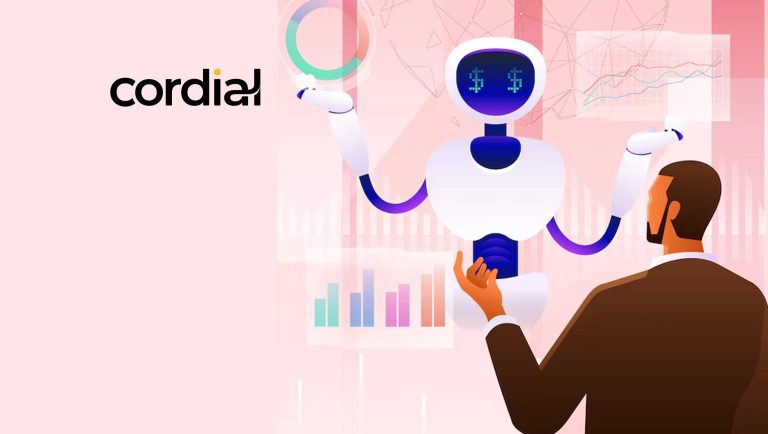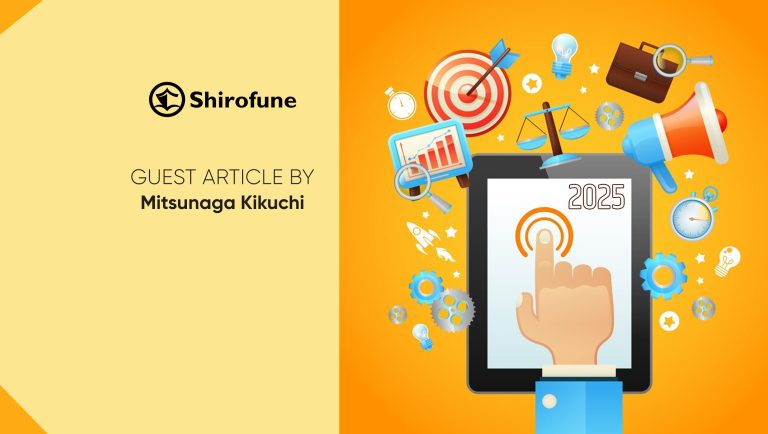For Many Content Marketers, Delivering Personalized and Relevant Experiences Across the Entire Customer Journey to Purchase Is Not Easy as It Looks
Valentine’s Day is here… and we have a Cupid from OneSpot sharing his insights on the state of personalization in Content Marketing. To ensure that you stay committed to your Martech commitments this Valentine’s Day (and in the ones to come), Cupid talks about the lessons that every marketer should know, to achieve that ‘sweet, romantic’ state of ‘Hyper-Personalization’ in omnichannel customer experiences across any digital marketing channel.
Who’s playing Cupid for the Content Marketers today?

Steve Sachs, CEO of leading Content Marketing and Personalization platform, OneSpot, told us why Content Marketers need to focus on less fuss and more substance in 2018.
Recommended Read: Interview with Steve Sachs, Chief Executive Officer, OneSpot
The Current State of Personalization where Real Content Matters
Consumers expect personalized and relevant experiences across their entire journey to purchase. For many marketers, this is easier said than done. The majority of so-called personalization engines rely on human intervention to set up the segments and the content sequences that should appeal to consumers, based on the marketers’ understanding of the consumer journey.
Since they’re set up based on the marketer’s view of the consumer journey and not the consumer’s view of the journey, it’s not really personalization at all. It’s just a version of segment marketing.
Speaking of Valentine’s Day – marketers can best leverage events and holiday-themed content to drive engagement with consumers.
By effectively targeting content to upcoming holidays, marketers can capture the interest of consumers who are attuned to the season. Here are some tips we like to share with our customers:
– Develop How-Tos
Consumers place value on content that both “informs” (40%) and “educates” (28%) them. For Valentine’s day, a baking company can develop heart shaped cookie recipes, or a beauty company can share DIY date night looks.
– Themed Stories and Recommendations
Create content that is hyper-relevant to the holiday, but still aligns with the brand’s content strategy. An apparel company may pull together a post such as “Top 5 Pieces to Have in Your Closet for Every Kind of Date Night” or “How to Spice Up Your Galentine’s day Outfit.”
Content Values Inspired by Valentine’s Day: Setting up Your Segmentation for a Long-Term Relationship
While segmentation helps marketers to increase the relevancy of emails and website experience, and improve general engagement, the downside is that this level of personalization is limited in order to ensure your content appeals to the entire segment of people.
In the spirit of Valentine’s Day, think of what makes for a healthy, long-term relationship. It’s nurtured, in part, through consistent one-on-one time, attentiveness to individual personal interests and passions. Yet when it comes to content marketing, many marketers are stuck at the attraction stage — not focusing on what individuals want, but segments of people – sort-of like group dating.
Recommended Read: Top Insights on the CMO’s Best Allies, Content Marketing, and the Art of Story-Telling for Brands
Risk 101: Why Are Many Marketers Still Using Segmentation as Their Strategy, If There Are Downsides?
Organizations have segmented direct mail, email and website experiences for years, targeting content, offers and messaging to smaller audience segments based on demographic or behavioral characteristics. When marketers are able to target users based on behavior triggers, response rates grow significantly.
Want to learn the art of roadmapping your content strategy? #contentmarketing https://t.co/1MCmORPME9
— OneSpot (@onespot) January 30, 2018
But, there’s a limit to the time marketers have to set up these segments and then optimize on a frequent basis. It’s hard to get to 100 segments and manage 100 difference sequences, and most marketers max out at eight segments.
Consider optimization into the mix, and the workload multiplies. In this environment, real-time personalization down to the individual level is impossible.
Your Valentine’s Day Chauffeur: Trust AI/ML for Branded Content
AI has provided significant advances in automating brand-driven content marketing. AI is enabling the multi-faceted content to be personalized on an individual basis across channels, driving repeat engagement and generating robust data-supported analytics that clearly shows how loyal brand relationships with consumers lead to increases in revenue.
How Marketers Predict Artificial Intelligence Will Affect the Industry #AI #Personalization https://t.co/hzAZO68DBp
— OneSpot (@onespot) February 9, 2018
As the content marketing leaders rise to the forefront of brands, the ability to clearly show how AI-driven platforms support revenue goals is crucial to their need to have documented responsibility for contributing to the bottom line.
Recommended Read: Interview with Chris Lynde, CEO, SaleScout Data Solutions
Content Cupid OneSpot Brings Brands Closer to Consumers Through AI
OneSpot’s machine learning-powered content individualization platform builds deeper content-driven relationships by automating delivery of content based on an individual’s desires, interests, behaviors, and engagement, with specific pieces of content across the digital channels. This, in turn, drives more visitors to a brand’s content. They consume more content per visit, and the number of times they engage increases.
With OneSpot, no rules or tagging are needed to serve highly relevant, personalized content across digital channels.
What Does True-Personalization Entail?
True personalization should —
- Personalize content to a segment of one
- Be refreshed in real time based on individual profiles
- Be constantly updated based on user behaviors and preferences
This is what we here at OneSpot are dubbing “individualization.” Marketing technology now enables marketing organizations to understand consumers as individuals, including their unique preferences and behaviors. Based on these individualized insights, marketers can provide meaningful content experiences for users.
What Are the Benefits of Individualization?
When it comes to ROI, delivering individualized content experiences lead to significantly higher engagement and in turn, increased the likelihood to take more action and view the brand more favorably.
In addition to ROI-driving metrics, machine-learning powered individualization also significantly reduces production time by eliminating manual management of segmentation efforts. This allows marketers to reinvest resources in content strategy and development to fuel personalization.
Valentine’s Day Commitments to the Content Marketing Community
What’s the Biggest Compliment That the Content Can Get from a Consumer?
Engagement!
The more content consumers click on, spend time with and share with friends, the more relevant content marketers can create in the future for them. Engagement means that marketers are doing something right with their content strategy.
Recommended Read: How is The Location Data Landscape Shaping Up in 2018?
Thank you, Steve, for playing Cupid for the content marketing community.
























